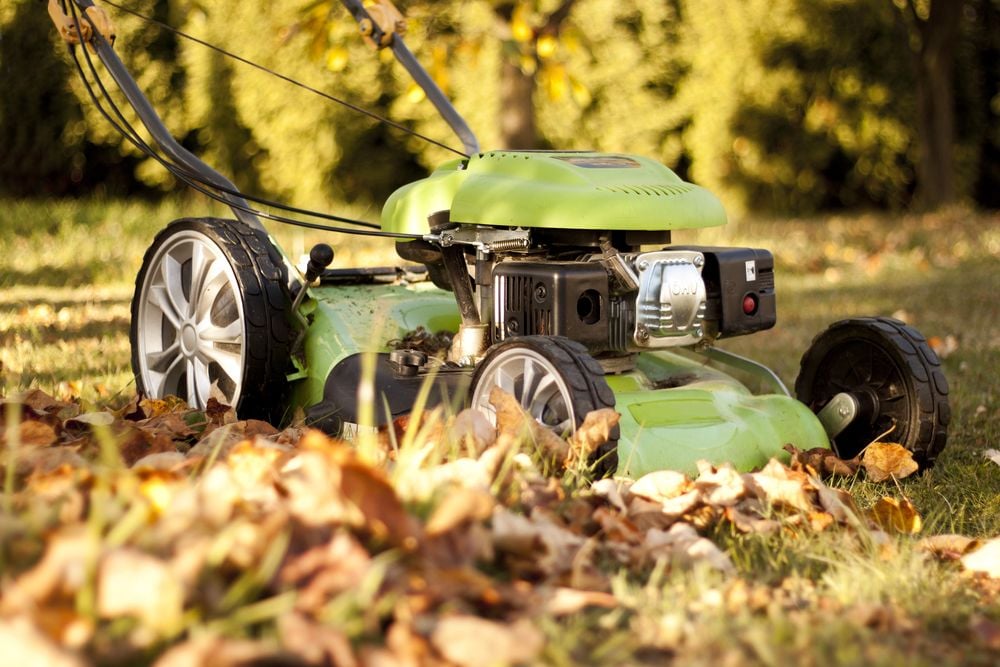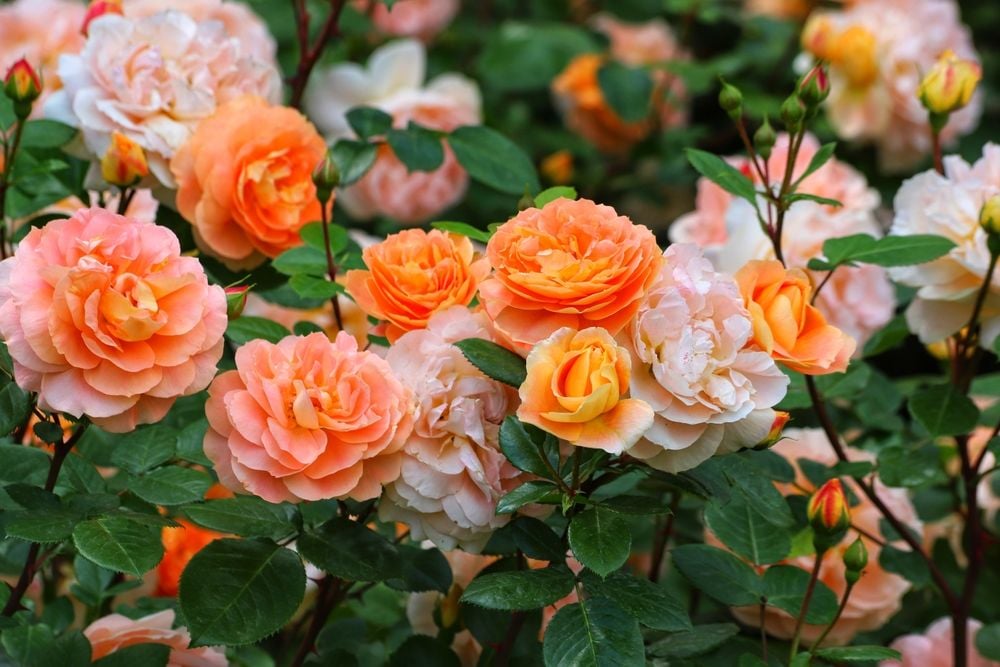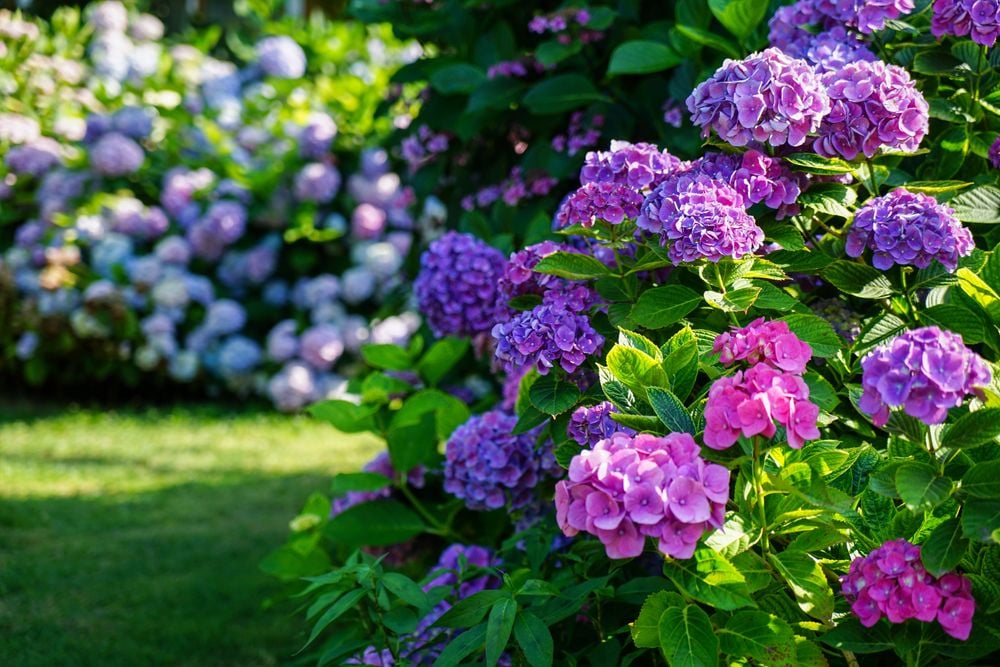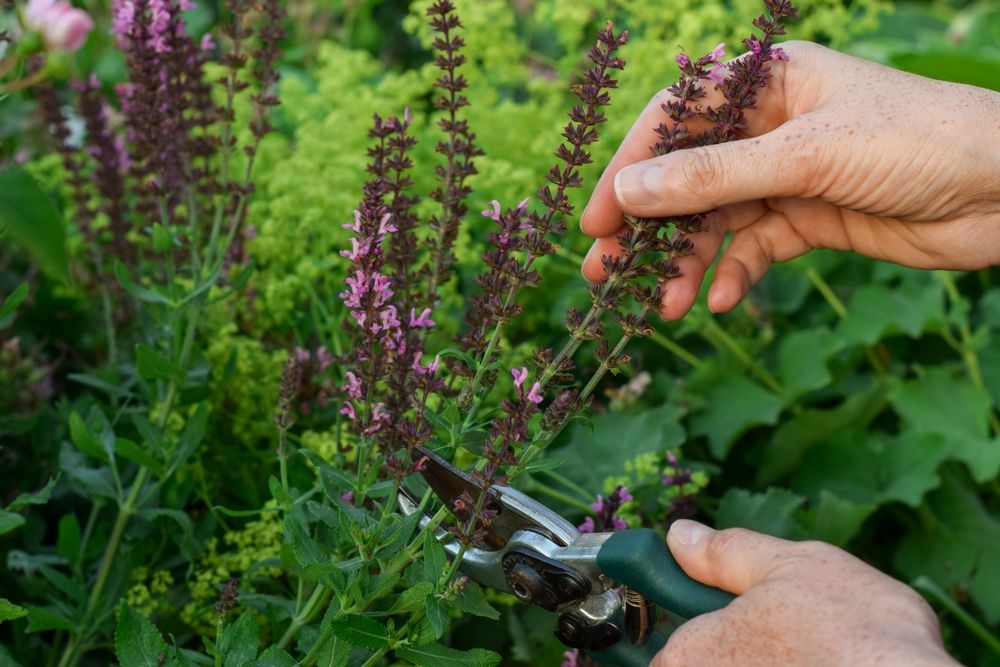
Savvy Summer Plant Care: How and When to Cut Back Popular Perennials
- Jul 10, 2025
Summer days provide fertile ground for perennial plants to thrive. As tempting as it is to leave beautiful summer blooms be, the truth is many perennials need to be pruned, deadheaded or trimmed. Taking such steps will not only stimulate their future blossoming but also set your plants up for the next seasons. This article offers expert advice on when to cut back common summer perennials.
The lovely lavender Nepeta, also known as catmint, is a top summer perennial on the pruning list of horticulturist Christine Froehlich. She advises, "Once catmint blooms and starts to appear disorderly, it's time to cut it back to the middle. This will give you a refreshed plant that will bloom again in a fortnight.”
On the other hand, the fragrant lilac can grow too tall and wide very quickly. Froehlich recommends controlling their size by cutting them back right after they flower. Getting rid of most of the basal growth and overgrown top foliage can keep lilac plants at a manageable size. Damaged wood should also be removed, and if they grow too tall, the highest limbs can be cut back.
Iris plants, with their wide array of colors and variants, require different trimming strategies. According to Froehlich, the Siberian iris tends to get weary as the summer progresses. She suggests, "Cut them in half or judiciously prune them away from other plants,” and adding that German iris should be cut to form a fan shape, and any dead foliage must go.
Phlox, the plant that offers the effect of a single large bloom through multiple tiny blossoms, should be cut in half no later than the first week of June. Deadhead the plant, too, for the best results.
The necessity of pruning hydrangeas depends on their variety. Renowned hydrangea expert, Lorraine Ballato, notes that some hydrangeas have flower buds that form on growth, new or old. It's important to determine this before pruning, to avoid losing a year’s worth of blooms.
Daisies, being more delicate, do not require 'pruning' in the traditional sense. Ballato recommends that "Daisies should be deadheaded as soon as the flowers start to fade to maintain a neat and tidy garden.” She adds that some daisy varieties will produce more flowers after pruning, but not all do so.
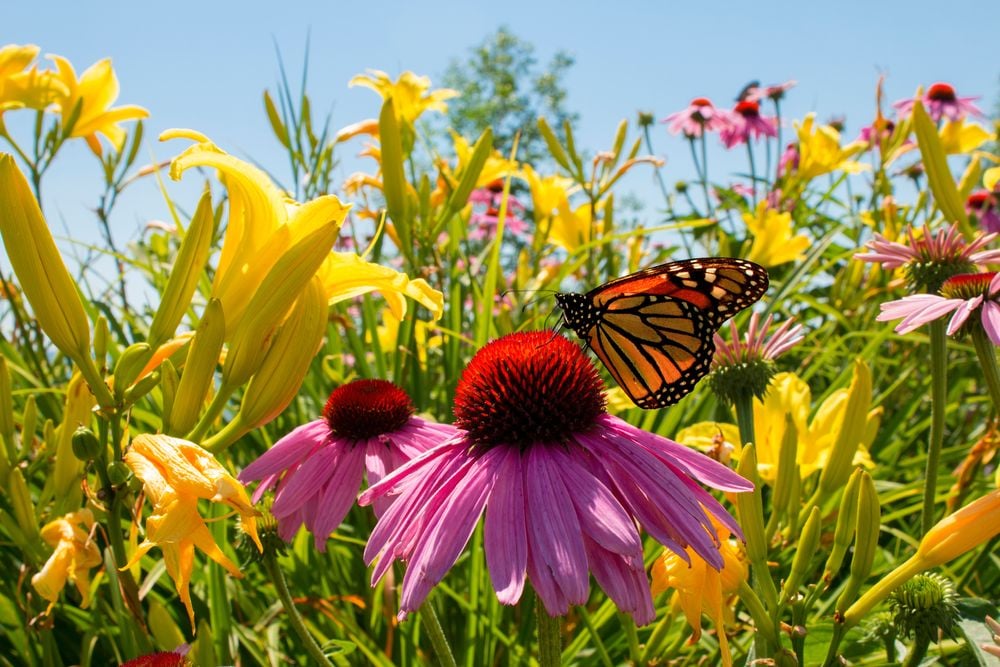
Sedum, a popular landscaping plant for its unique shape and interesting texture, can be pruned early in the summer to control the plant's height. This practice, however, largely depends on the variety you have and the timing is crucial to not disrupting its late-season blooming cycle.
Daylilies provide remarkable visual appeal with their thick leaves and bell-shaped blooms. To encourage additional blooming throughout the year, Ballato recommends deadheading daylilies.
The best time to prune azaleas again depends on its variant. In general, this shrub should be pruned back immediately after flowering to avoid cutting off the buds for next year.
Beebalm is another summer perennial that can hugely benefit from trimming. The plant re-emerges from soil every spring after fading away in winter. Pruning a few early leaf stems when the plant is about a foot tall can encourage the plant to develop a bushier appearance. Additional flowers can be promoted by deadheading faded blossoms one at a time.
Overall, perennials can flourish with regular deadheading, while hand pruners are suggested as the best tools for their precise and convenient use.
On the flip side, leaving perennials uncut could serve as insulation during winter months. However, beware that dead foliage might draw pests and diseases to your garden.



